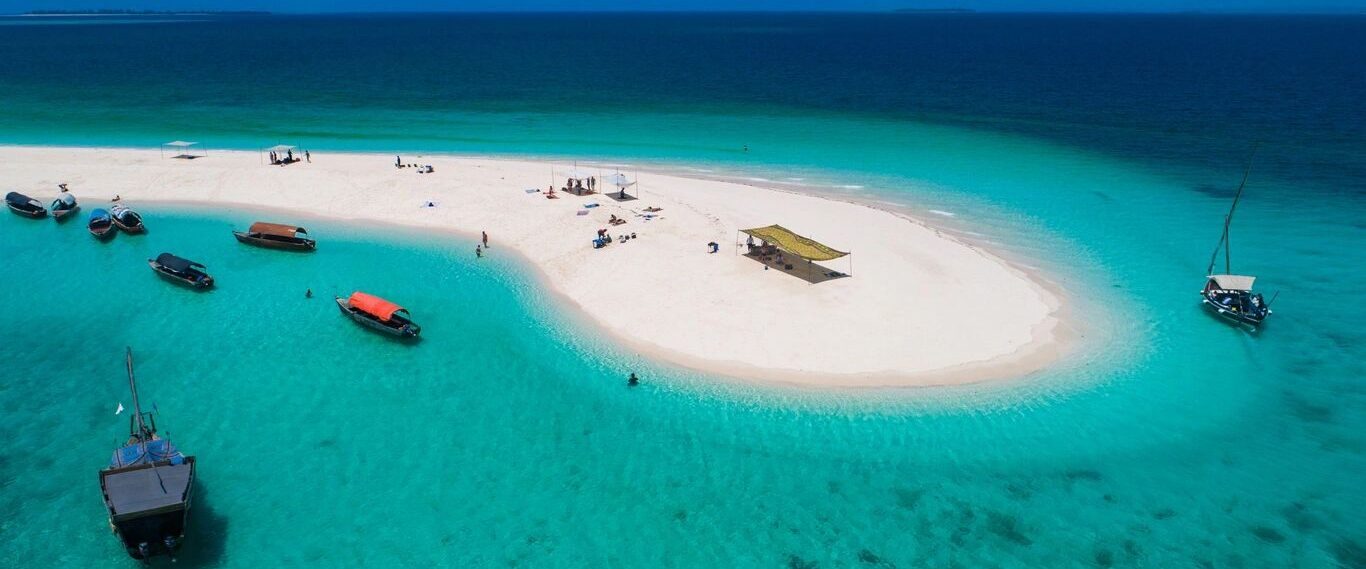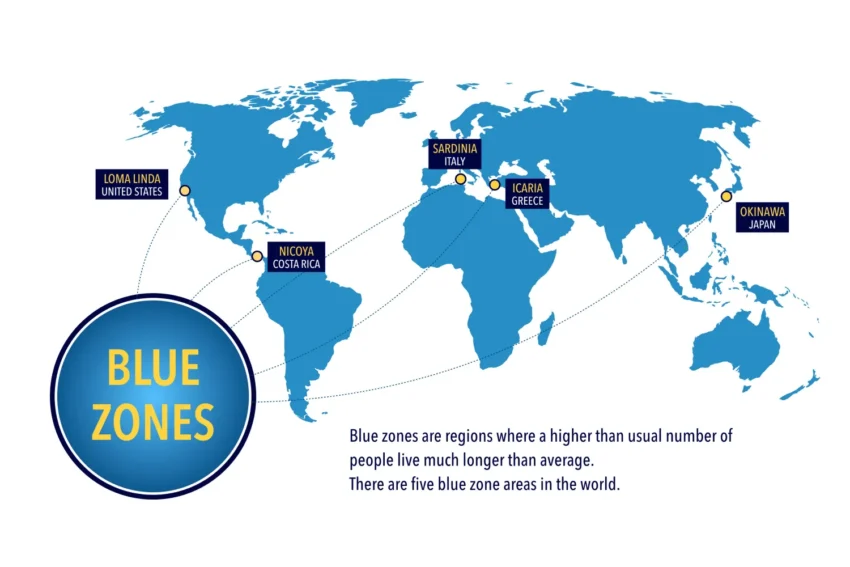Blue Zones—five extraordinary regions around the globe where people not only live longer, but better.
In a world obsessed with anti-aging serums and high-intensity fitness fads, what if the real secret to a long, healthy, and happy life isn’t found in a bottle or a boot camp—but in a way of life?
Coined by National Geographic fellow, explorer, and best-selling author Dan Buettner, the term “Blue Zones” refers to pockets of the planet where the highest concentration of centenarians—people who live to be 100 and beyond—can be found.
But, here’s the twist: They’re not clinging to life with pills and high-tech interventions. They’re thriving. Dancing. Cooking. Laughing. Walking hills with friends. Their lives aren’t extended through force—they unfold with joy, purpose, and simplicity.
Let’s take a globe-trotting journey through these longevity hotspots and explore what we travelers can learn (and maybe pack home in our hearts).
1. Okinawa, Japan – “Nuchi Gusui” (Food is Medicine) Blue Zone
Welcome to Okinawa, a sun-drenched island in southern Japan with one of the highest life expectancy rates in the world. Here, ancient Ryukyuan culture pulses beneath the surface of everyday life, and elders are revered as cultural treasures.
What’s their secret? It starts at the table. The Okinawan diet is plant-based, featuring sweet potatoes, seaweed, tofu, turmeric, bitter melon, and green tea.
Hara hachi bu is a uniquely Okinawan principle—only eat until you’re 80% full.
The real magic is in their sense of community. Okinawans form tight-knit social groups called moai, which offer emotional and financial support through life’s seasons. They also live with ikigai, a strong sense of purpose. Even into their 90s and beyond, they tend gardens, play music, and participate in village life.
2. Sardinia, Italy – The Land of Laughing Shepherds
Sardinia, a rugged Mediterranean island with cobalt waters and sun-bleached stone villages, boasts the world’s highest concentration of male centenarians. The locals here drink Cannonau red wine (rich in antioxidants), eat whole-grain bread, beans, pecorino cheese, and wild herbs.
But, perhaps the most powerful ingredient in their longevity recipe? Connection.
In the Sardinian mountains, elders are not hidden away—they’re adored. Multi-generational living is common, and storytelling is a cherished pastime. Walking is a way of life; many shepherds trek hills daily into their 80s and 90s.
Their secret? A combination of hard physical work, laughter, a Mediterranean diet, and time. Lots of time—for meals, for rest, and each other.
3. Nicoya Peninsula, Costa Rica – “Plan de Vida” (Life Plan) Blue Zone
In Costa Rica’s Nicoya Peninsula, sunsets bleed gold over surf towns and mango groves. Here, the secret to longevity is a blend of diet, strong family ties, daily physical labor, and plan de vida—a powerful life purpose that fuels each day with meaning.
Nicoyans often eat a “Mesoamerican trifecta”: black beans, squash, and corn tortillas. Their water, rich in calcium and magnesium, helps prevent heart disease and osteoporosis. Many live on small farms, spending their days outdoors under the sun, moving naturally. Some live in the volcanic foothills, covered in Costa Rica vineyards.
Ultimately, perhaps the most beautiful feature of Nicoya’s Blue Zone is its simplicity. There’s less stress. Less rush. More gratitude. It’s a life philosophy that tells us: it’s not about having more—it’s about being more.
4. Ikaria, Greece – The Zeitgeist of Life

High in the Aegean Sea lies Ikaria, an island where clocks seem to tick a little slower. Named after Icarus of Greek myth, who flew too close to the sun, this mountainous island flips the tale—it teaches us to stay grounded.
Ikarians eat a Mediterranean diet heavy in olive oil, legumes, local honey, goat’s milk, and wine. They take naps — they walk hilly roads — they garden. However, what really sets Ikarians apart is their stress-free approach to time. No rushing. No over-scheduling.
Community is a cornerstone. Evening dances, long lunches, and impromptu visits from friends are all part of the day. And faith—whether in church, the land, or each other—plays a quiet, sustaining role.
5. Loma Linda, California – Faith, Food, and Fellowship
Yes, there’s a Blue Zone right in the USA. Nestled in Southern California, Loma Linda is home to a large population of Seventh-day Adventists, a Christian denomination that values health as a spiritual commitment.
Here, many people live up to a decade longer than the average American. The key? A mostly plant-based diet, regular exercise, no smoking or alcohol, strong social bonds, and Sabbath—24 hours each week for rest, worship, and family.
It’s a reminder that even in a fast-paced modern world, it’s possible to craft a lifestyle that protects and nourishes body and soul.
Blue Zones Takeaways for Travelers
You don’t need to move to a Blue Zone to benefit from its wisdom. Every traveler can bring back a few timeless souvenirs—none of which take up room in your suitcase:
- Move naturally – Walk, stretch, garden, hike. Let movement be part of your day, not a punishment.
- Eat wisely – More plants, fewer processed foods. Eat slowly, and stop before you’re full.
- Connect deeply – Prioritize time with family and friends. Laugh. Cook together. Celebrate.
- Find purpose – Whether it’s volunteering, creating, mentoring, or simply showing up for those you love, live with intention.
- Slow down – Take naps. Savor meals. Disconnect from screens and reconnect with nature.
Final Thought: Blue Zones — Travel Like a Centenarian
Next time you plan a trip, consider slowing down. Rent a bike in Sardinia. Take a nap under a mango tree in Costa Rica. Sit with elders in a Japanese garden or sip herbal tea in a Greek village square. Embrace an itinerary that includes stillness – understanding the zeitgeist or feeling of a place makes strong memories.
Because, just maybe the greatest destination of all… is a long, beautiful life.

Modern-day travel is more than snapping a photo for bragging rights at the next BBQ. It is about embracing the food, lifestyle, and the local culture of the places we visit. The advice St Ambrose of Milan gave Saint Augustine in the 4th century still holds true — “When in Rome, do as the Romans do.”
The true heart of the Blue Zones is not in the scenery, but in the rhythm.


